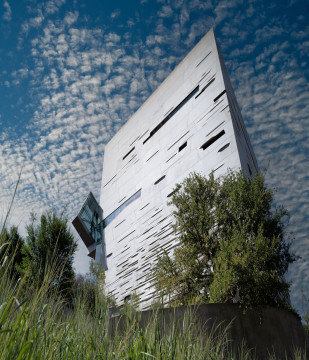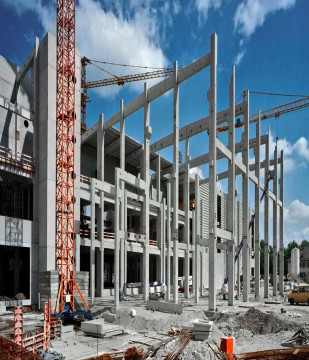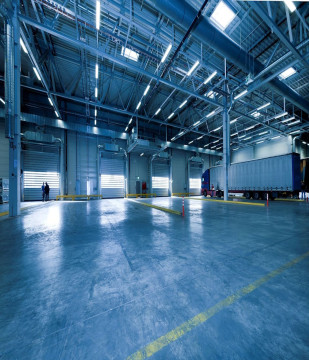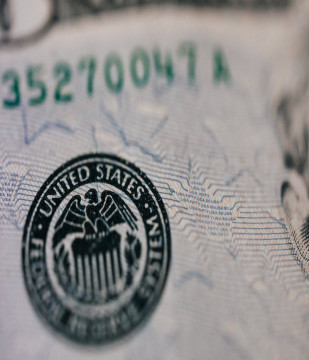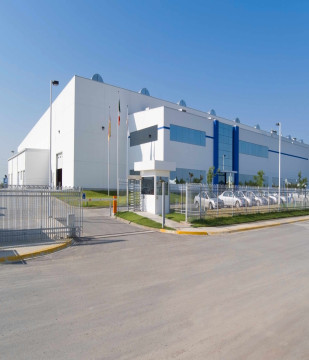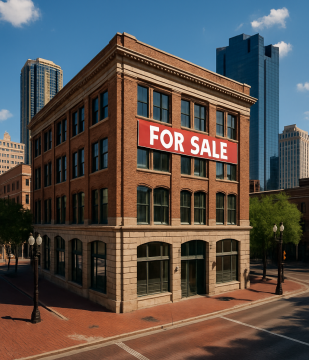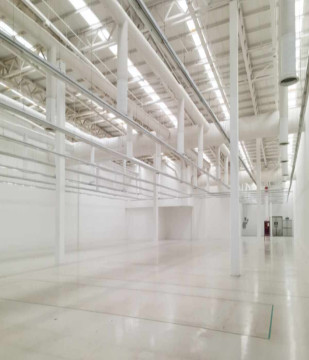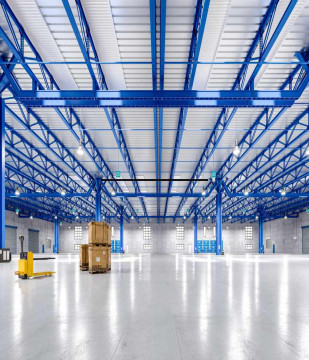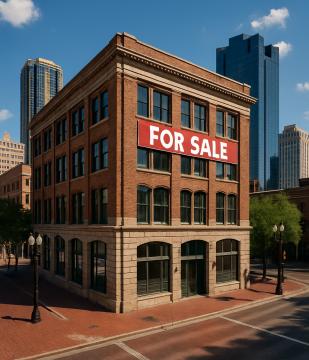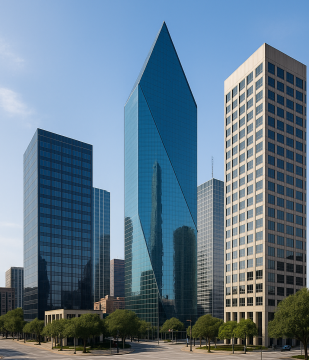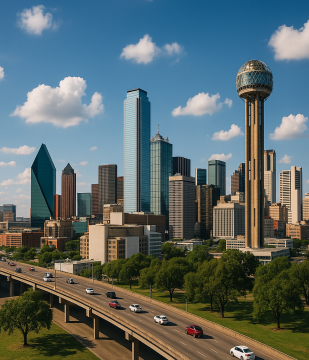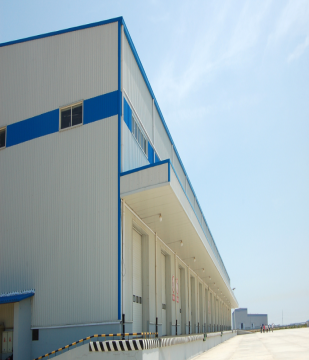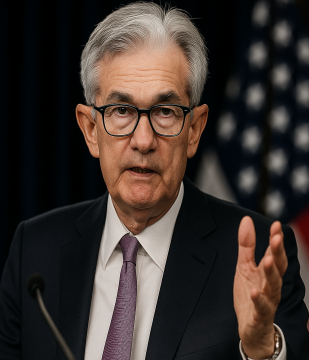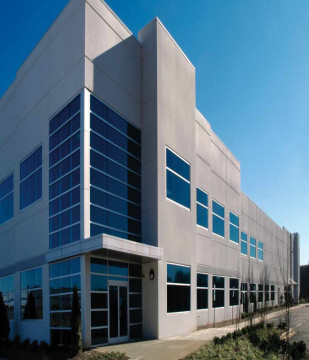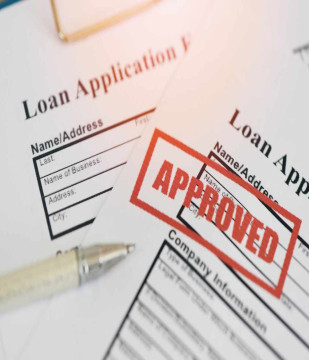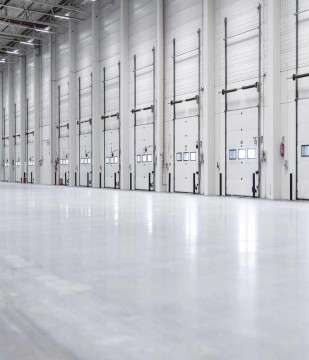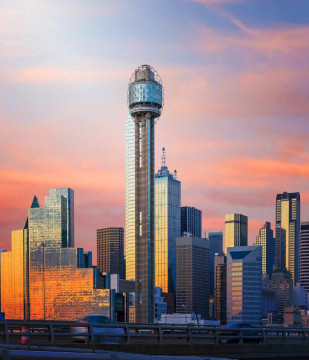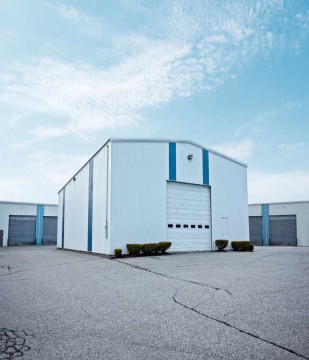Texas Commercial Real Estate Outlook November 2025

Terrydale Capital
Nov 10, 2025 7 Min read
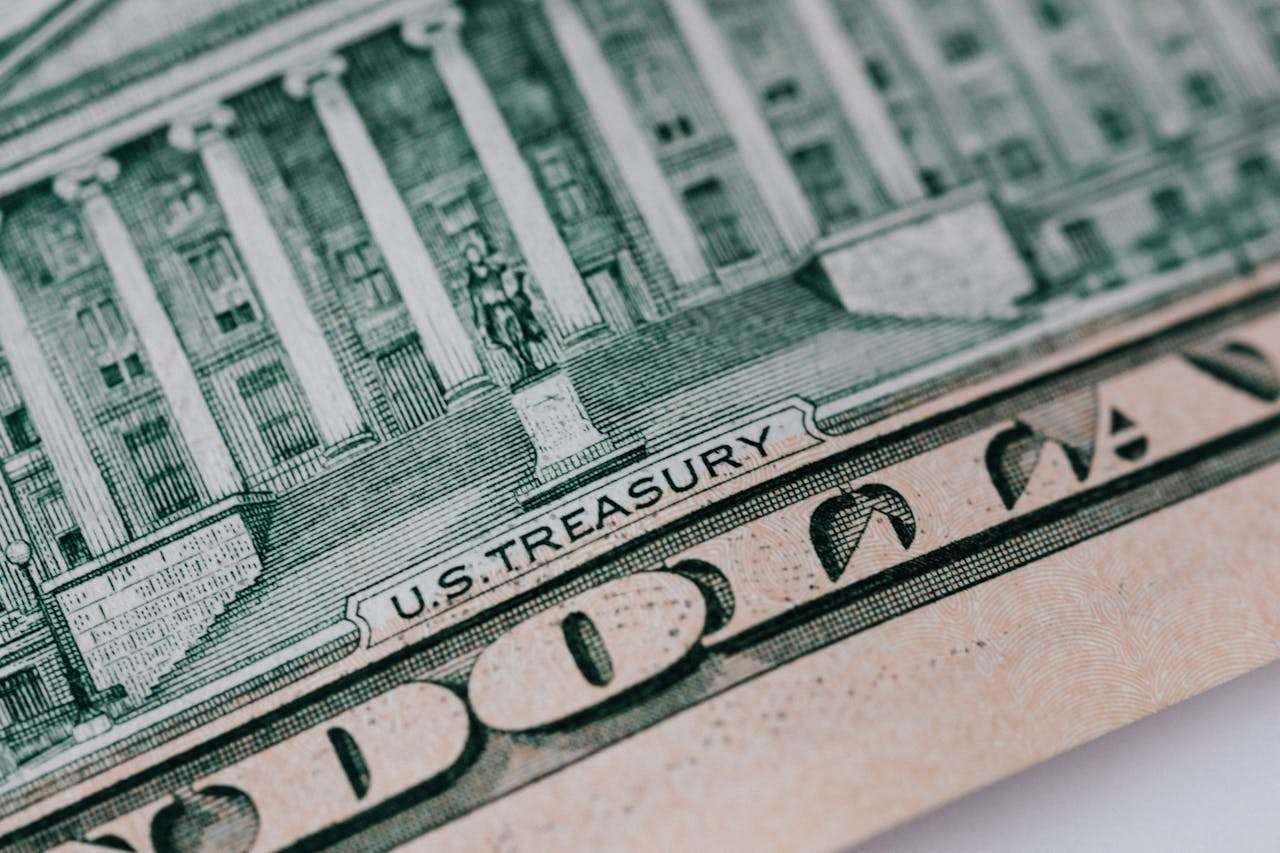 Market Updates
Market Updates
Texas Commercial Real Estate Outlook – Q4 2025
Commercial real estate in Texas is walking a tightrope: still strong in many places, but not without cracks. Population and job growth continue to pull demand upward—especially in Dallas–Fort Worth. But rising interest rates and too much recent building have changed the math for a lot of investors.
Some sectors are holding the line. Some are wobbling. A few are in full reset.
Here’s what the fourth quarter of 2025 tells us.
Texas CRE: Still Moving, But Moving Differently
Let’s start simple.
Multifamily and industrial are starting to level out. Rent growth has slowed. Vacancies are still higher than most landlords would like.
Office is still the weakest link, especially older properties. Class A is treading water. Class B and C are underwater.
Retail is doing better than most expected. Rents are up and vacancy is low.
Hospitality has bounced back in terms of rates and occupancy—but lending is tough.
Cap rates are expanding. Lending is tight. And investors are shifting to safer, better-quality assets. Let’s break it down by sector.
Key Texas CRE Metrics at a Glance
| Asset Class | Avg Lease Rate (PSF/year) | Cap Rate (2025) |
|---|---|---|
| Multifamily | ~$20 / $1,500 per unit/month | 5.5% – 6.5% |
| Office | ~$22 (Class A) | 6% – 8% |
| Industrial | ~$8 | 5.5% – 7% |
| Retail | ~$20–25 (DFW $25+) | 6% – 7% |
| Hospitality | ADR $120–140; Occ. ~63% | 7% – 8% |
Multifamily: Watching for a Bottom
Dallas–Fort Worth leads the state in sheer volume, with rents around $1,500 per unit. Vacancy sits at 11.8%. Not ideal, but improving. Absorption is finally beating deliveries.
Houston isn’t far behind. Rents at $1,400, vacancies at 11.6%. Momentum is turning.
Austin is still overbuilt. Vacancy is close to 14.5%. Rents are higher—about $1,600—but down year over year.
San Antonio is more balanced. Rents hover around $1,240, vacancy around 12%.
Takeaway: This isn’t a falling knife anymore—but it’s not a sure bet either.
Cap Rates: DFW ~5.7%, Houston ~6.5%, Austin ~5.5%
Debt: 6% rates, 65% LTV, 1.25+ DSCR. Agency lenders (Fannie/Freddie) remain active.
Office: Still Weak, Still Risky
DFW’s office market shows signs of life, if you look closely. Class A space is absorbing again, especially in Uptown, where rents hit $41–44 NNN. But overall vacancy is high: 25%.
Houston’s Class A rents are ~$30.74 gross, with a painful 27.4% vacancy rate.
Austin is stuck at 24–25% vacancy. Strong absorption helps, but the supply overhang is still a drag.
San Antonio’s healthier, at 16.8% vacancy and ~$29.66 Class A rents.
Cap Rates: DFW ~7.1%, Austin ~6.3%, Houston ~7%
Debt: LTVs at 50–60%, rates north of 7%, DSCRs are tighter. Most buyers are waiting, not bidding.
Industrial: Still a Favorite, But Watch the Edges
DFW has over 1B SF of space and rents are at $8.12/SF. Vacancy is 8.8%—higher than the past few years, but manageable. Developers are tapping the brakes.
Houston is at 6.3% vacancy and $7.76/SF. Still strong.
Austin is overheated. Vacancy is flirting with 20%. Rents are high ($14.70/SF), but the market is correcting.
San Antonio is balanced, with 8–10% vacancy and rents around $6–7/SF.
Cap Rates: Prime deals trade near 5.5–6%. Older or fringe assets go as high as 7%.
Debt: 6–6.5% rates, 65% LTV. Still bullish sentiment.
Retail: Quietly Strong
Retail is the sleeper hit of Texas CRE. DFW vacancy is under 5%, with rents topping $25 in hot submarkets.
Houston’s at 5.7% vacancy, with $20.46 average rents. In Katy, it’s $25.
Austin and San Antonio show even lower vacancy (3–5%) and slow but steady rent growth.
Cap Rates: Most assets trade at 6–7%, with premium centers below 5%.
Debt: 6–6.75% rates, 60–65% LTV. Grocery-anchored is the favored play.
Sentiment: Very positive. Supply is limited, and demand is sticky.
Hospitality: Recovered, But Not Easy
Occupancy across metros hovers around 63%. ADRs are healthy—$120 to $130, up 22% from pre-COVID levels.
But it’s not all good news. Lending is tight. Some distress is likely, especially for overleveraged owners or weaker properties.
Cap Rates: 7–8%, with some high-end trades below that.
Debt: 8–9% rates, 50–60% LTV, 1.3+ DSCR. The hardest sector to finance right now.
Outlook: Mild optimism. Supply is minimal, so there’s room for rate power—but only if travel demand holds.
Texas commercial real estate isn't broken
Texas commercial real estate hasn’t broken—but it’s not easy money anymore.
Multifamily and industrial are still investable, if you pick your spots. Retail is the stealth winner. Office is fragile and may see more pain ahead. Hospitality is a niche play, not a core bet.
Cap rates are wider. Lending is stricter. But patient capital will find opportunity—especially as rates begin to stabilize.
This isn’t 2021. But it’s not 2009 either. Smart investors know the difference.
Looking for insights tailored to your next loan?
Visit Terrydale Capital or explore live market data via Terrydale Live.
Partner With Terrydale Capital for Your Debt Financing Needs
When it comes to debt financing, understanding the right timing, process, and options is crucial. At Terrydale Capital, we provide a comprehensive range of commercial loan solutions tailored to meet your business's unique needs.
